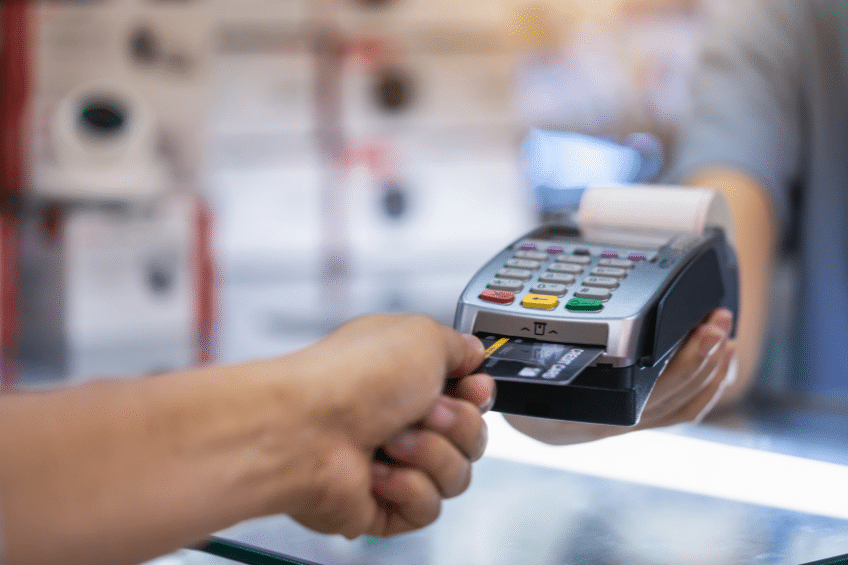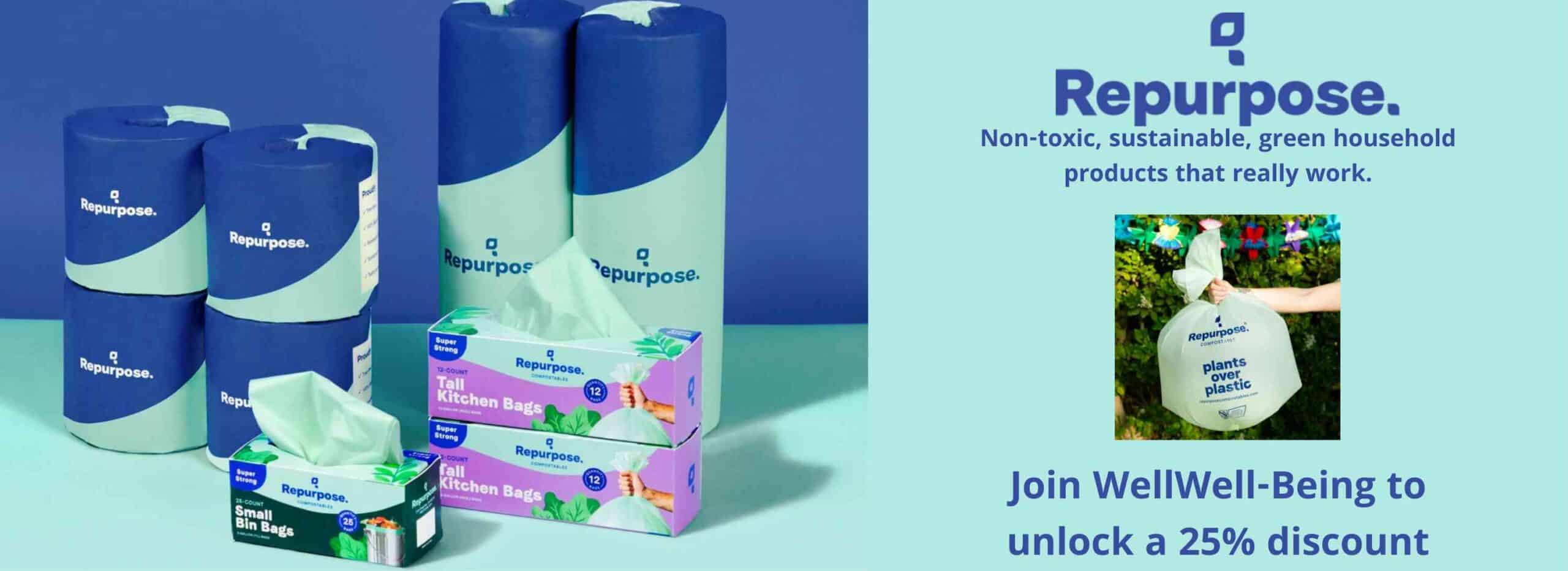By Sean Zucker —
Public bathrooms should never be mistaken as sterilized oases of sanitation. Instead, they are a means to an end, an obligatory comfort stop for travelers, patrons or guests lacking the ironclad bladders required to let them wait until a more hygienic alternative is available. But how dirty are public bathrooms, really? One new study suggests they aren’t any more germ-laden than the average credit card. Of course, is more of an inditement of plastic money than praise for public potty places.
“There are some health risks associated with public bathrooms,” professor Erica Donner of the University of South Australia recently reported. But the risks vary depending on factors such as how often they are cleaned and how well ventilated they are. Of course, even the cleanest lavatory houses have plenty of germs just by the nature.
“All public toilets really get contaminated to some degree just because of the flushing action of the toilet,” noted Dr. Charles Gerba, a professor of microbiology at the University of Arizona. In fact, he added that most disease-causing pathogens are found on the surface of toilet seats and outside of urinals because feces and urine contain absurd amounts of bacteria and viruses. Following a flush, these icky bits can be sent up to five feet into the air and remain suspended for over an hour before settling on surrounding areas.
In short, public bathrooms are as disgusting as most probably think they are.
However, the possibility that credit and debit cards might receive the same or even worse unhygienic grades might be more surprising. LendEDU, a financial education site and journal, helped bring the germ congregation into focus by conducting a comparative analysis of the germ counts on various forms of money and public surfaces. The researchers used SystemSure, a handheld rapid microbial detection device, to sus out exactly where and in what numbers these unhealthy microbes were hanging out.
Armed with SystemSure, the team voyaged around New York City to collect “germ scores” on various surfaces. The intestine-turning results found that on average debit and credit cards held almost 75 percent more germs than the average Penn Station urinal. Cash bills were comparable to the urinals in terms of germ scores, while coins came in about 20 percent cleaner.
“This comes as a bit of a surprise as one might expect cash to be the filthiest since cash stays in circulation a lot longer and can travel across the country by changing hands. However, debit and credit card usage numbers have quickly caught up to cash’s figures; in fact, debit cards are actually the most commonly used payment method today,” the study reported. “Not to mention, imagine how many germs a card can accumulate every time a consumer puts it on a bar top to pay for drinks or a tabletop to take care of a restaurant bill.”
In all fairness, credit cards were far from the dirtiest items discovered by the team. Park benches, parking meters and the door handles of McDonald’s restaurants all took that dubious honor, recording substantially higher germ scores.
The bottom line is that nasty bits can’t be avoided in or out of public bathrooms. But following CDC recommendations of always washing hands thoroughly with soap for a minimum of 20 seconds after visiting a public facility or going out in public will help. If the facilities are out of soap and/or experiencing water issues, hand sanitizers are also effective.













